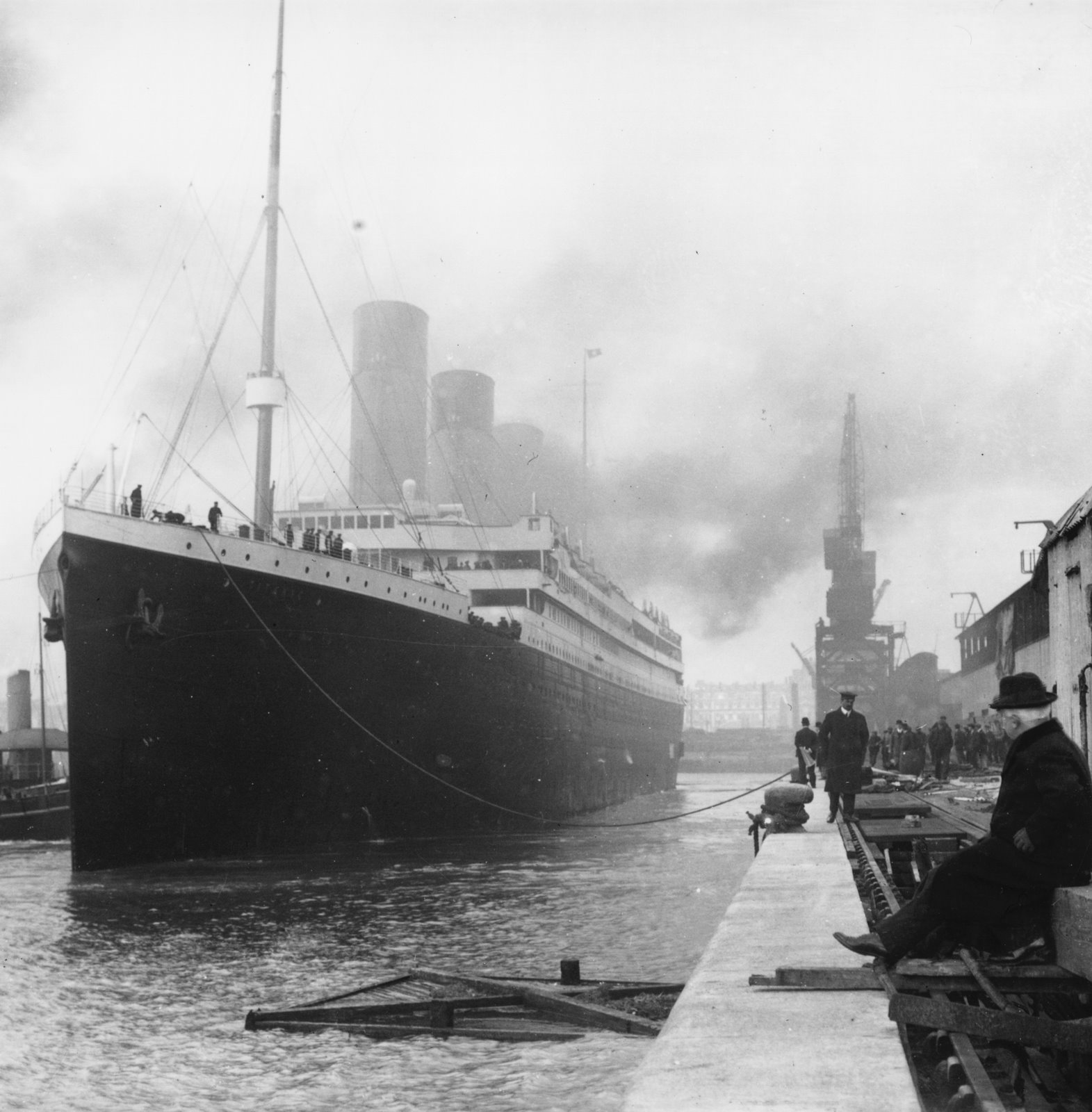One year after the maritime tragedy, people working in passenger shipping industry and Atlantic crossing business gathered in London for the first International Convention for Safety of Life at Sea. From this convention some rules were made for the safety operation of ships. The rules require that:
- Every ship has to be equipped with enough lifeboats for every passenger and crew working on the ship.
- Wireless or communication devices have to be manned 24 hours a day
- Lifeboat drills have to be conducted on every voyage.
source of the photograph: titanicuniverse.com
The rules are still valid until today. In addition, more technical regulations and improvements concerning the sub-division of ship's hull under the main deck into several smaller watertight compartments have been developed by classification societies that deal with rules regarding the safety of ships' structure. Today, modern cruise ships, ferry, and yachts have better navigational equipments that are supported by satellites such as GPS devices. Ship crews can easily inform their exact location (or coordinates) to the nearest maritime authorities and their shipping company if they face an accident at sea. I remembered my personal experience when going to the sea by a small wooden boat to supply food (provision) to a giant container ship Global Bonanza one day after a huge earthquake and tsunami hit the eastern coast of Japan. For the container vessel, the remnants of tsunami waves that reached the northern coast of Manokwari were only ripples on the surface of the blue sea of Papuan waters but for a small boat where I was on board, the waves caused violent rollings. The boat did not have GPS equipment at all. When it was still in the Dore bay protected by two small islands, Mansinam and Lemon, the waves were not dangerous. After it went to an open sea behind these islands, the crews who operated the boat said that the waves were dangerous. As soon as we reached the port side of the container vessel, I climbed the hull through the rope ladder. When we were unloading the food and water for the crews of Global Bonanza container vessel, I received a call from my friends in the small boat requesting the big ship to rotate a little bit to protect the wooden boat from sea current that was entering the Manokwari bay. After several failed attempts in informing the deck crews about the request due to language barrier. They speak Chinese and their English was not clear enough, I was invited to go to the bridge to talk directly with the captain.
It was easy to talk to the captain because he spoke good English. He rotated his ship to starboard direction to block the sea current and waves from hitting the small boat. This dangerous mission was finally accomplished. While inside the bridge of this container ship, I saw that it was equipped with modern navigational equipment. Radar, and GPS were two important devices that I noticed in the room. The small wooden boat that was unloading the food for this big ship did not have such devices. In addition, the small boat were not adequately divided into smaller watertight compartments. The crews of the boat had to rely on their personal experience when operating their small wooden boats. Fortunately we could return to Manokwari harbor again. We left at 4 p.m. and we returned at 10.30 p.m. This small boat was nearly capsized but the experienced boat driver did his job well. He knew when to accelerate the boat's engine and when to slow down. Although the sea is a dangerous environment, I will never stop sailing. by Charles Roring
Also read: 